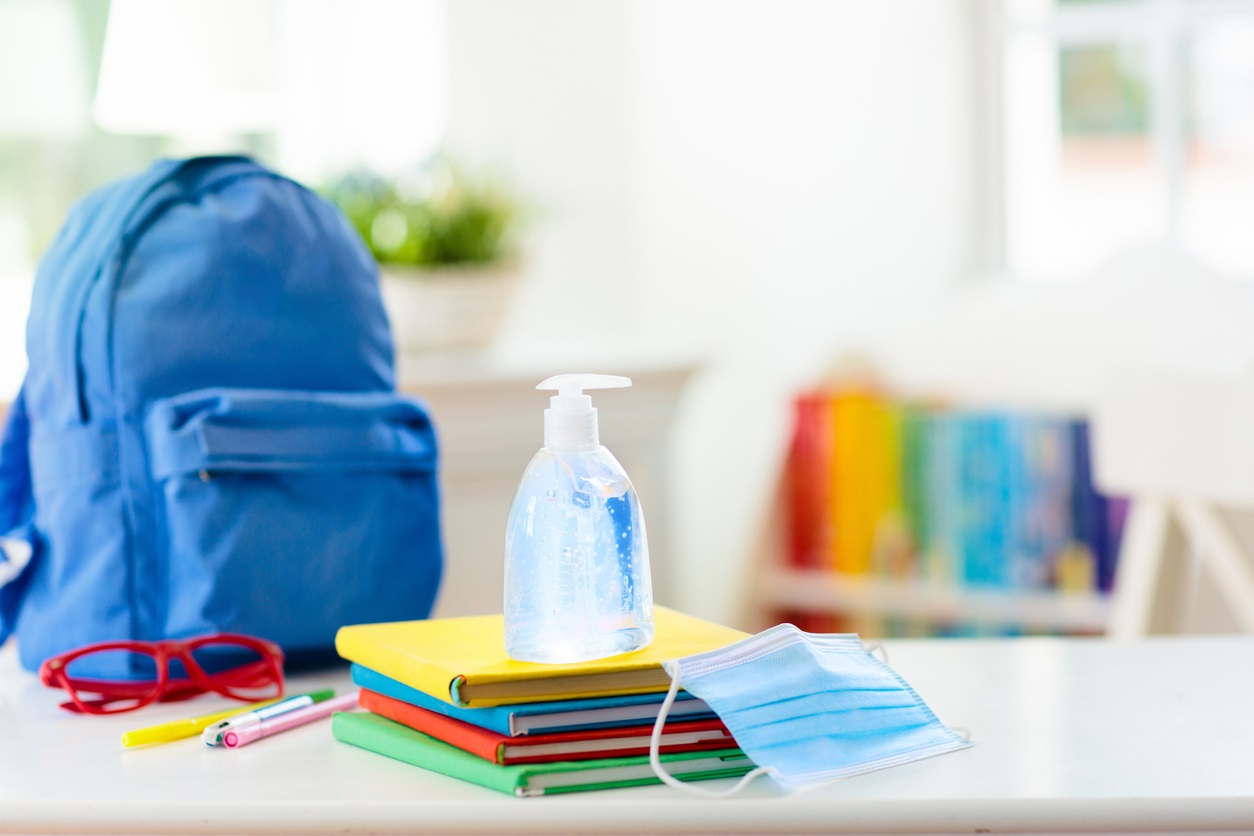(TNS)—The COVID-19 pandemic has caused much stress and uncertainty for students, parents, teachers and staff.
“For students and the adults who care for them, the desire is so strong to have our lives return to normal, which also involves schooling,” says Craig Sawchuk, Ph.D., a Mayo Clinic psychologist. “School is one of the most important places that we learn and grow intellectually, socially and emotionally.”
Whether classes meet in person or online, or use a hybrid approach, one thing is certain: Mental health is a vital part of the equation, Dr. Sawchuk says. To work on a healthy mindset for this school year, it may help to actively focus on the following 4 Be’s, Dr. Sawchuk suggests:
– Be flexible. Stay open to the possibility that the format of schooling might change over the course of the year.
– Be optimistic. Maintain a positive attitude about learning new ways to learn.
– Be supportive. Contribute to keeping the learning environment as safe as possible by practicing social distancing, masking and proper hand hygiene.
– Be kind. Be patient with each other as everyone works toward a common goal of ending the pandemic.
As schools determine their approaches, students will need varying behavioral health support based on their age and the class format, says Dr. Sawchuk.
For In-Person Schooling
Elementary school students may not fully understand why all the health and safety practices are happening.
“Parents and teachers, this is one more example of when modeling safe practices and answering questions patiently and calmly will offer reassurance to the young people in your life,” Dr. Sawchuk says.
Middle school, high school and college students may find their emotions vary between excitement and anxiety.
“It’s okay to not feel okay during these pandemic times, and teens and older students may need to hear that affirmed by the adults in their lives,” suggests Dr. Sawchuk.
One way to challenge worry at any age is by focusing on other possible outcomes and on steps to minimize exposure to risk, Dr. Sawchuk notes.
“Seek out information from reliable sources.”
For Remote Schooling
For students of all ages, schools provide structure and socialization. While it is still important to have structure if the school day is online, it is okay to have some flexibility with the schedule, especially for younger children, Dr. Sawchuk says.
Many children will adapt to a virtual learning format given their experience of growing up in a world filled with technology, but some may struggle with keeping up with homework, organizing tasks and being able to stay focused for extended periods of time.
“Open lines of communication between families and teachers are always useful, but routine communication is especially key in our current situation to help identify and problem-solve ways the learning content or approach can adjust to the student’s individual needs,” Dr. Sawchuk says.
Feelings of isolation and being disconnected from peer groups are common concerns affecting students attending school online. While virtual classes can be set up to enhance group discussions and connections, it is just as important to encourage and plan ways to socialize with friends in a safe manner outside of school-related activities, offers Dr. Sawchuk.
For Hybrid Schooling
Learning formats that stagger in-person school days or alternate start times, for example, are being proposed by some schools. Changes in daily routines can be a challenge for children and adults.
One simple but effective tip: Post a master daily schedule in a common area of the home, such as the kitchen. “That can help keep everyone on track on a day-to-day basis,” Dr. Sawchuk says.
The experience will help give you feedback on which learning formats are working well and those that can be improved.
“No matter the model, be encouraging of your school’s and teachers’ efforts, as they, too, aim to make the school year as successful and safe as possible for everyone,” encourages Dr. Sawchuk.
For ‘Mental Health 101’
For anyone feeling anxious, it’s common to be irritable, or feel a sense of loss or sadness. Problems with sleep, physical tension and worry can result.
– Maintain a normal daily routine. Aim to wake up and go to bed as close as you can to the same times each day. Stay hydrated, try to keep up with a healthy diet and focus on increasing physical activity during the day. A healthy body helps maintain a healthy mood and mindset.
– Learn new skills to manage stress. Explore how relaxation, mindfulness or yoga can calm the mind. Several free classes and mental health apps are online. Many of these skills are portable and can be used anytime, anywhere.
– Stay connected with healthy support in your life. While these social connections may be more virtual now, being around those you care about is important to well-being. Also, remember to disconnect from the news. Spending between 15 and 30 minutes one to two times a day is usually enough to keep informed but not overwhelmed.
Some people may struggle with more significant mental health difficulties, and Dr. Sawchuk encourages those who need help to talk to their primary care provider to locate local mental health resources.
“Effective treatments for mental health conditions do exist,” Dr. Sawchuk says. “Please reach out for help, if needed.”
2020© Mayo Foundation for Medical Education and Research
Distributed by Tribune Content Agency, LLC.











